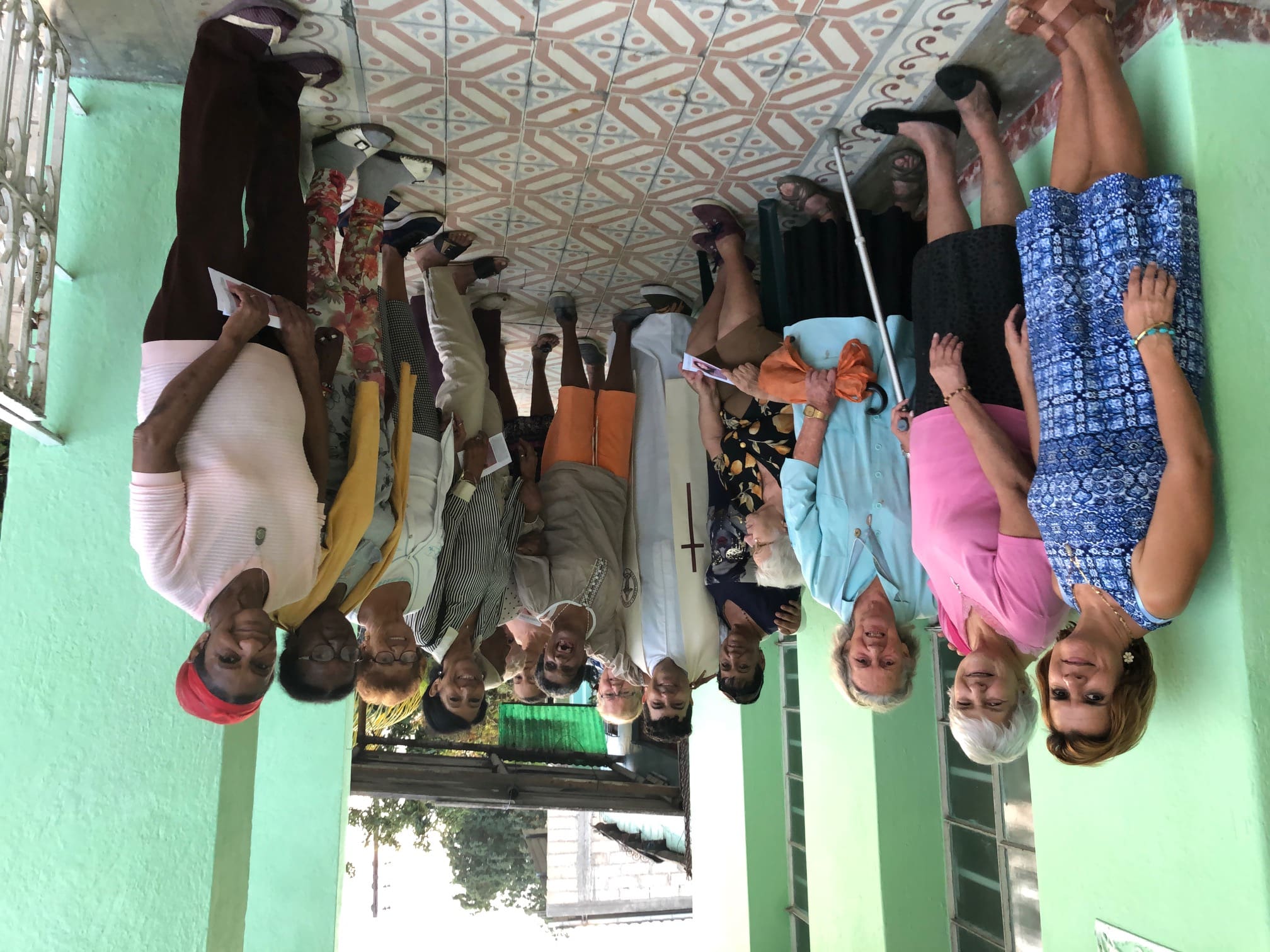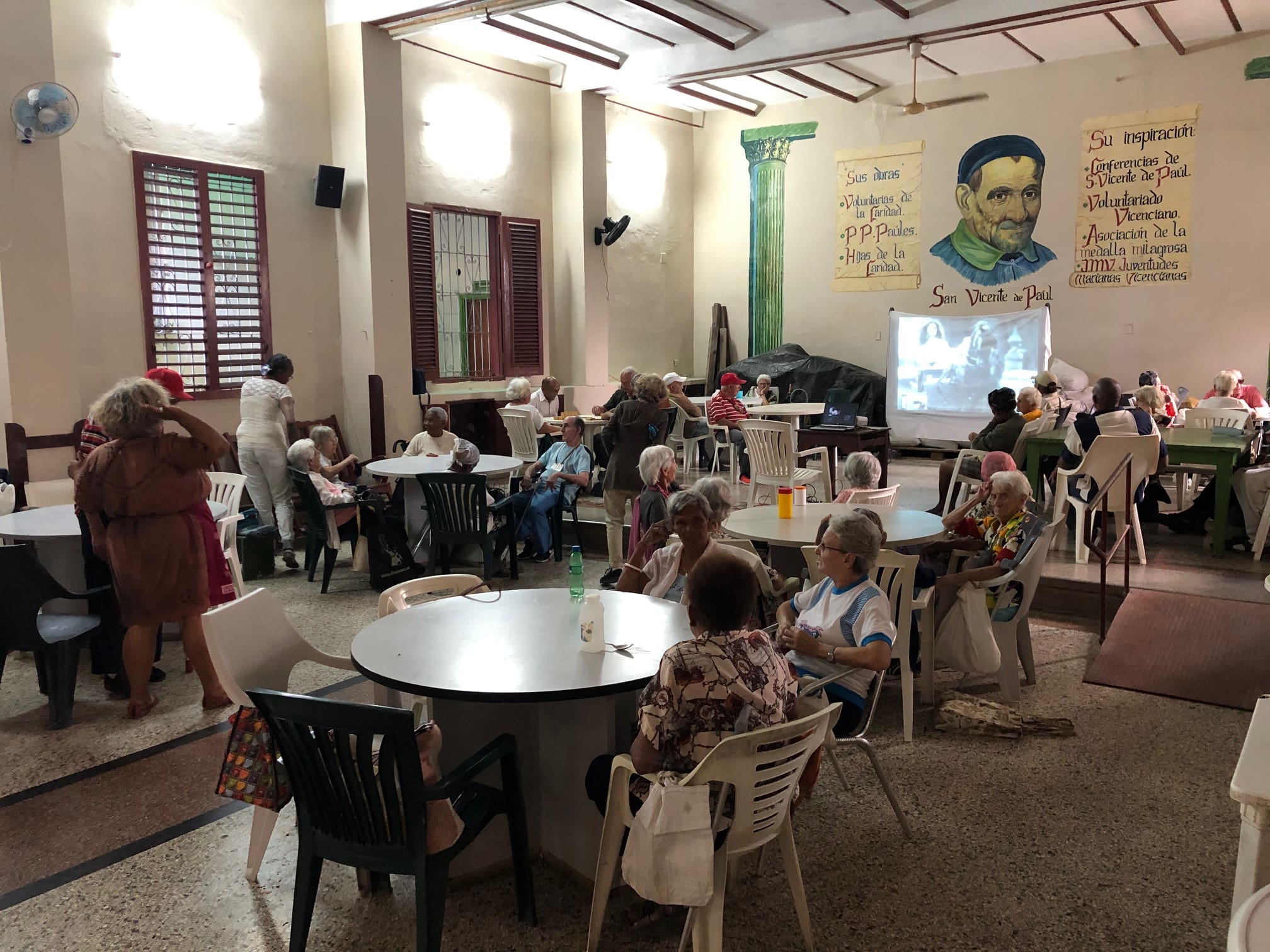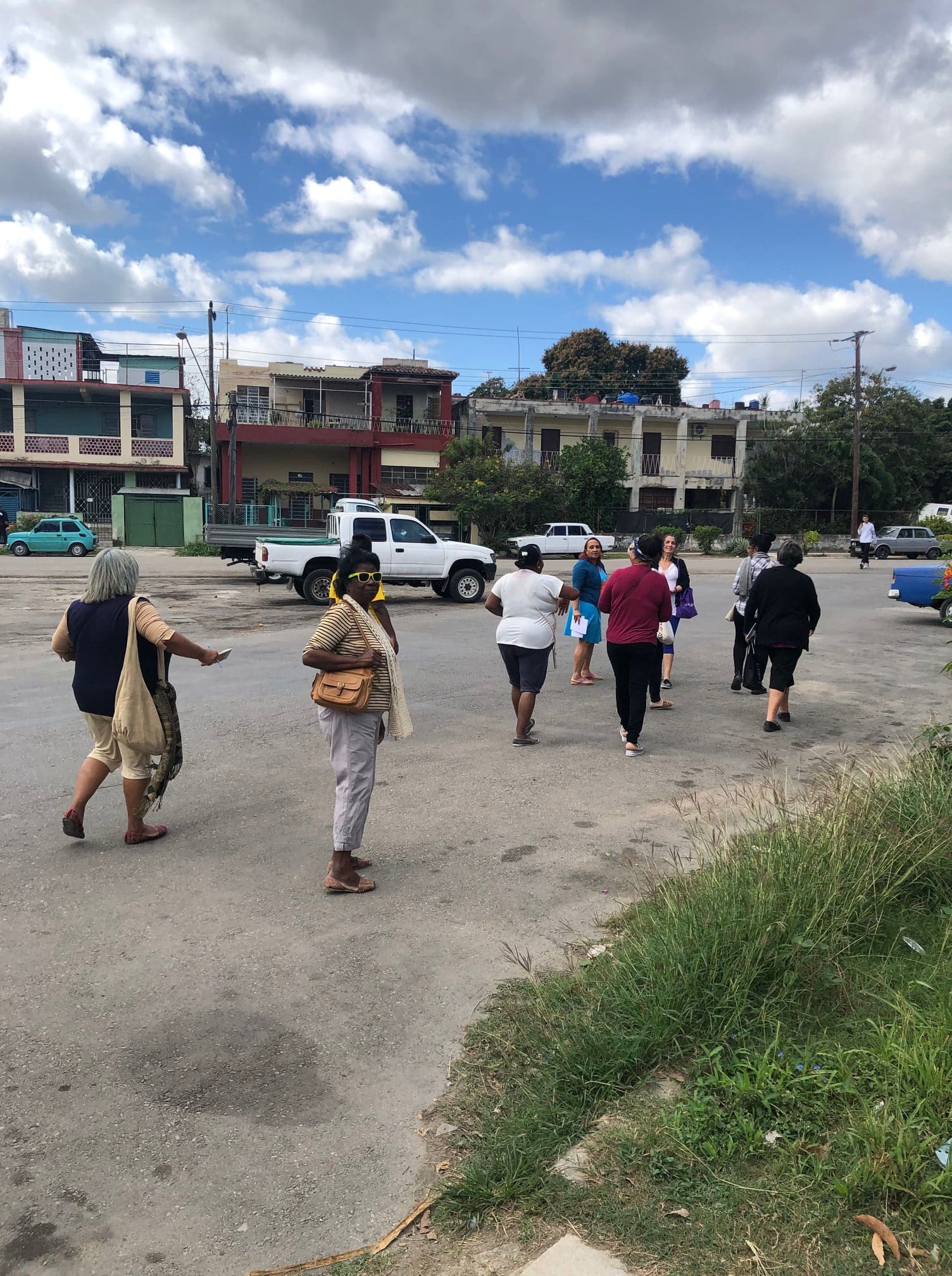Fr. Francisco Salamanca, CM
Province of Colombia
During the days of January 11-18, I accompanied the confreres in the Region of Cuba during the time of their spiritual retreat. It should be recalled that Cuba is no longer a province but a region that is under the jurisdiction of the General Curia. The region is composed of three Cuban priests and a deacon (also from Cuba) as well as three priests and a brother from Colombia. For more than forty years we have been present in this country … and that presence has been very memorable. Ministering with us is a priest from North America and another from Argentina. Furthermore, two young men pronounced Good Purposes at the conclusion of the retreat, and they will begin their studies of theology.
A worship center and two parishes on each extreme of the island form the mission territory of the Congregation. The worship center is in Havana: the Shrine of Mercy which is closely related to religious syncretism … this is because for those called “santeros” (those who worship saints), in the person of the Virgin of Mercy, the African divinity, Obatala is venerated. The parish in the east is rural and the parish in the west is urban.
What I have written up to this point is intended to provide an overview of the pastoral life of the Cuban Church. Of the three hundred priests in Cuba, more than 150 of them are foreigners from some 20 different countries. Of the 600 religious women, only 10% of them are Cuban. In this situation the Holy Spirit appears to move in the midst of all the different religious communities of women that are ministering in Cuba. Although risky, it must be said: that this polychromic element, which could be a richness, becomes a problem … it is not easy to unify such a diverse group of ministers. This, then, is something additional that must be considered by those who coordinate the pastoral ministry in this country: the transitory character of the personnel: the ministers are here for one year, perhaps two, maybe longer, maybe not so long … this transitory element often results in transitory projects.
In the “ship/canoe of the Cuban church”, the bishops and numerous extraordinarily committed laypeople maintain the direction as they interpret the position of promising, guiding stars. They seek and ask the Lord for pastoral agents who will row the boat with strength and in an on-going manner, imagining what awaits them on the horizon. Everyone is in the same canoe and everyone is seeking a better Church under the constantly renewed momentum of the Holy Spirit ( Cristus vivit, #201).










